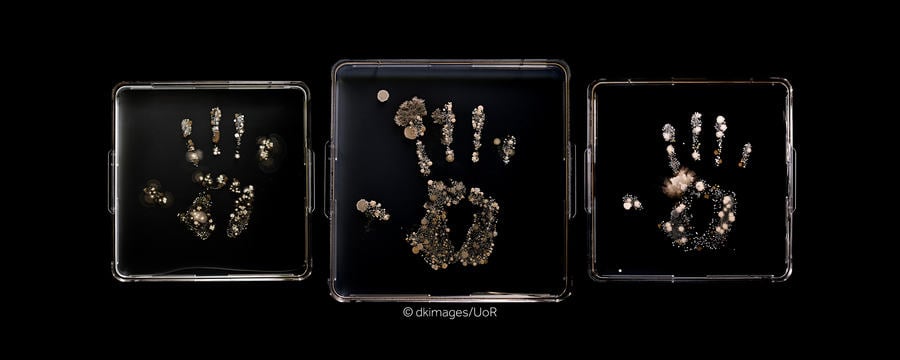Epidemics and Pandemics: The History
There have been many notable epidemics and pandemics throughout history that have caused major loss of human lives. You’ll explore some of these in this article and consider which pathogen was responsible and what is known about how each disease emerged and spread.
What’s the difference between epidemics and pandemics?
- Epidemic: when there is an unexpected increase in the number of cases of an infectious disease circulating within a community we refer to an outbreak as an epidemic.
- Pandemic: if the outbreak is a new disease that spreads over a large geographic area, affecting multiple countries in different continents it may then be referred to as a pandemic.
541 A.D. The Plague of Justinian
The first documented pandemic occurred during the reign of the Roman Emperor Justinian I and although the exact death toll is uncertain, historical records indicate this plague claimed the lives of millions of people in Europe and Asia. DNA sequencing of teeth from exhumed skeletons discovered in 6th century burial sites in Germany support the hypothesis that this plague was caused by the bacterium Yersinia pestis.
You can find out more in this video hosted on YouTube.
1346 – 1353: The Black Death
Figure 1: Spread of the Black Death along trade routes from Asia into Europe during the 14th Century. © Flappiefh CC BY-SA
The Black Death was an epidemic caused by Yersinia pestis that began in China in 1334 and swept across Asia via trade routes, peaking in Europe in 1346-1353 (Figure 1). This was the beginning of the second plague pandemic, which spread from Europe into the Middle East and North Africa leading to the death of hundreds of millions of people throughout the 14thto 17th century.
Figure 2: “Doctor Schnabel von Rom” (“Doctor Beak from Rome”); engraving, Rome 1656. Plague doctors wore a mask and cloak to protect themselves against the pneumonic form of the plague which can be transmitted from person to person via aerosolised droplets. © Paul Fürst (copper engraver) / Public domain
During the second plague pandemic physicians were hired to treat and record cases of plague in outbreak areas. They wore distinctive clothing consisting of a leather hat, waxed fabric cloak and a beak shaped mask with glass eye openings (Figure 2). The beaked mask was shaped in this way to enable it to be filled with strong- smelling herbs and spices, in accordance with the widely held belief that disease was caused by ‘bad air’ (the miasma theory of infection). It was not until 1894 that Alexandre Yersin discovered that bubonic plague was caused by the bacterium Yersinia pestis.
1665: The Great Plague of London, England
Figure 3: Collecting the dead during the Great Plague in London, 1665. ©Public Domain
One of the last outbreaks of the second plague pandemic occurred in London, England in 1665 causing the death of approximately 100,000 people; around a quarter of the population of the city at this time (Figure 3).
1817 – 1823: First cholera pandemic
The first widespread pandemic caused by the bacterium Vibrio cholerae started near Calcutta in India in 1817 spreading throughout Asia and into the Middle East and North Eastern Africa. The exact death toll is uncertain, but British troops based in India recorded 100,000 deaths due to diarrhoeal disease at this time, suggesting the death toll was likely in the millions across all affected countries.
1829 – 1849: Second cholera pandemic
A second pandemic of cholera spread from the Ganges delta in India, this time into Asia, the Middle East, North Africa, Europe and the Americas. In England alone, this outbreak claimed the lives of at least 22,000 people.
1855-1860: Third plague pandemic
Starting in China, bubonic plaque vectored by rodent fleas spread to India and Hong Kong leading to the death of an estimated 12 – 15 million people.
1852 – 1859: Third cholera pandemic

Small and Mighty: Introduction to Microbiology


Reach your personal and professional goals
Unlock access to hundreds of expert online courses and degrees from top universities and educators to gain accredited qualifications and professional CV-building certificates.
Join over 18 million learners to launch, switch or build upon your career, all at your own pace, across a wide range of topic areas.
Register to receive updates
-
Create an account to receive our newsletter, course recommendations and promotions.
Register for free







